Importance of Navigational Tools for Fishermen
For commercial fishermen, navigating the open waters is not just a matter of reaching a destination but also about ensuring safety, maximizing efficiency, and optimizing catch opportunities. In this blog, we’ll explore the essential navigational tools that are indispensable for commercial fishermen, helping them navigate, locate fish, monitor weather conditions, and ensure a successful fishing expedition.
GPS Systems: Key Features and Benefits
Global Positioning System (GPS) technology has revolutionized marine navigation, providing accurate positioning information and navigation aids for fishermen. GPS systems offer key features such as: Precise Positioning: GPS provides accurate latitude and longitude coordinates, enabling fishermen to pinpoint their exact location on the water. Waypoint Marking: Fishermen can mark waypoints to record productive fishing spots, navigational hazards, or points of interest for future reference. Route Planning: GPS allows fishermen to plan and navigate routes, set waypoints, and create tracks to follow predefined paths with ease. Emergency Position Indicating: In case of emergencies, GPS-equipped devices can transmit distress signals with accurate position information to facilitate swift rescue operations.
Fish Finders: How They Enhance Fishing Efficiency
Fish finders, also known as depth sounders or sonar devices, are invaluable tools for commercial fishermen, helping them locate fish and assess underwater topography. Fish finders offer several benefits, including: Detection of Fish Schools: Fish finders use sonar technology to detect fish schools, individual fish, and underwater structures, allowing fishermen to target productive fishing areas. Depth Measurement: Fishermen can accurately measure water depth, identify depth changes, and locate underwater features such as drop-offs, reefs, and channels where fish tend to congregate. Bottom Composition Analysis: Fish finders can provide information about the composition of the seafloor, helping fishermen identify suitable fishing grounds and avoid rocky or debris-laden areas.
Radar Technology: Enhancing Safety at Sea
Radar technology is essential for ensuring safety at sea by providing real-time information about surrounding vessels, navigational hazards, and adverse weather conditions. Radar systems offer the following benefits: Collision Avoidance: Radar enables fishermen to detect and track nearby vessels, navigate safely through congested waterways, and avoid collisions by maintaining situational awareness. Weather Monitoring: Radar can detect approaching weather systems, such as storms, squalls, and fog banks, allowing fishermen to take proactive measures to navigate around hazardous weather conditions. Navigation in Low Visibility: In poor visibility conditions, such as darkness or fog, radar provides essential navigational assistance by detecting landmarks, buoys, and other navigational aids.
Electronic Charts: Detailed Mapping for Navigation
Electronic charts, also known as electronic navigation charts (ENCs) or digital charts, provide detailed mapping and navigational information for commercial fishermen. Electronic charts offer several advantages, including: Comprehensive Coverage: Electronic charts provide comprehensive coverage of waterways, including detailed information about depths, currents, navigational aids, and hazards. Customization Options: Fishermen can customize electronic charts by overlaying additional information, such as fishing hotspots, navigational routes, and environmental data, to tailor the charts to their specific needs. Real-Time Updates: Electronic charts can be updated in real-time to reflect changes in navigational conditions, ensuring that fishermen have access to the latest information for safe and efficient navigation.
Weather Forecasting Tools: Monitoring Conditions for Safety
Weather forecasting tools are essential for commercial fishermen to monitor weather conditions and make informed decisions about when and where to fish. These tools offer the following benefits: Accurate Weather Predictions: Weather forecasting tools provide accurate forecasts of wind, waves, precipitation, and other meteorological parameters, allowing fishermen to plan their fishing trips accordingly. Safety Precautions: By monitoring weather conditions in advance, fishermen can take appropriate safety precautions, such as delaying departure, seeking shelter, or returning to port, to avoid exposure to hazardous weather conditions. Fishing Strategy Optimization: Weather forecasting tools enable fishermen to optimize their fishing strategies by targeting favorable weather conditions that are conducive to successful fishing, such as calm seas, stable atmospheric pressure, and moderate winds.
Emphasizing the Importance of Using These Tools
In conclusion, navigational tools are indispensable for commercial fishermen, providing essential assistance in navigation, fish detection, safety, and weather monitoring. By leveraging GPS systems, fish finders, radar technology, electronic charts, and weather forecasting tools, fishermen can enhance their efficiency, safety, and success on the water. Investing in and utilizing these essential navigational tools is crucial for ensuring a productive and safe fishing experience in the challenging marine environment.

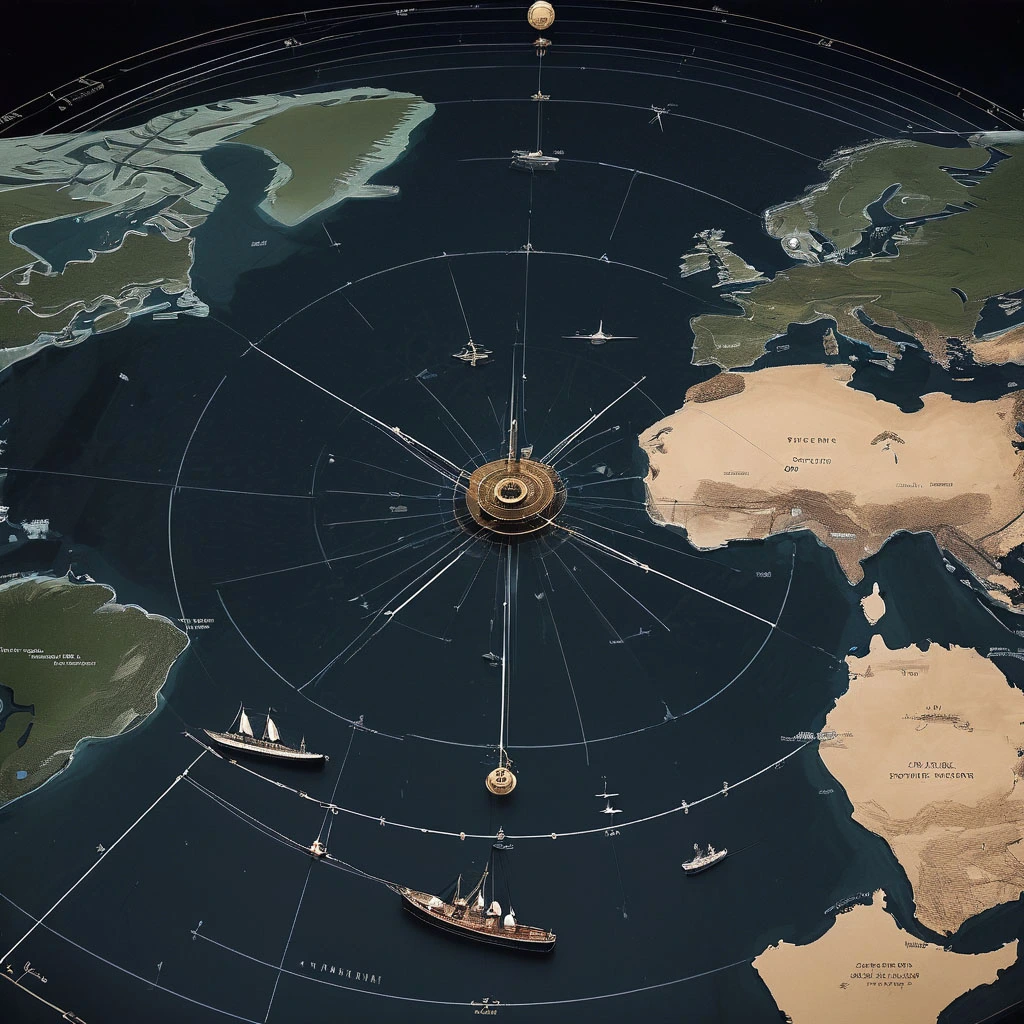
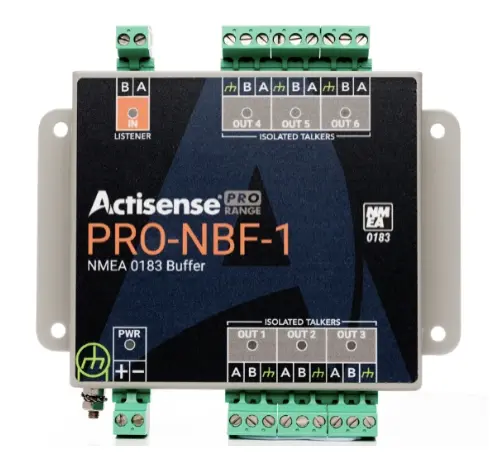
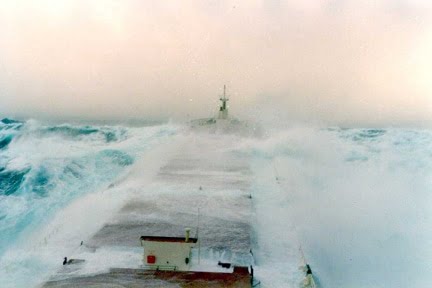
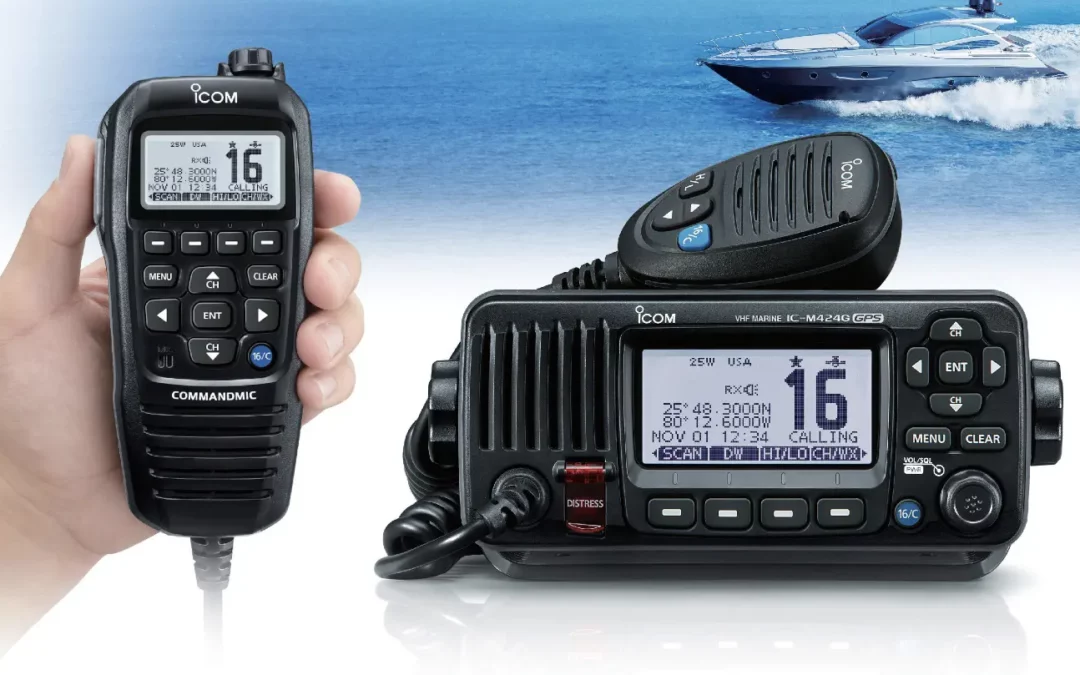
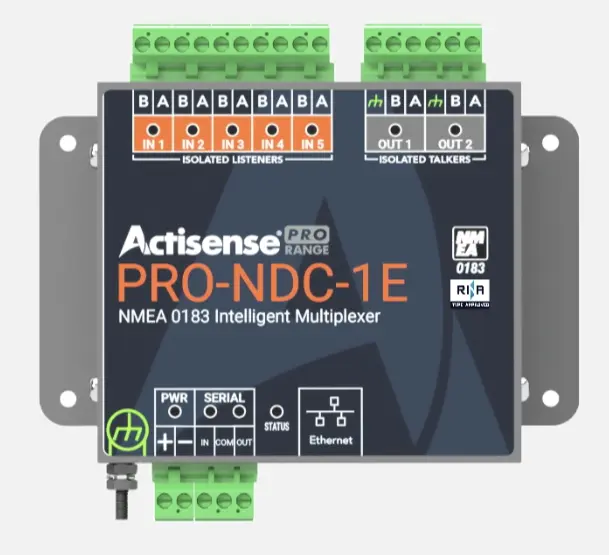
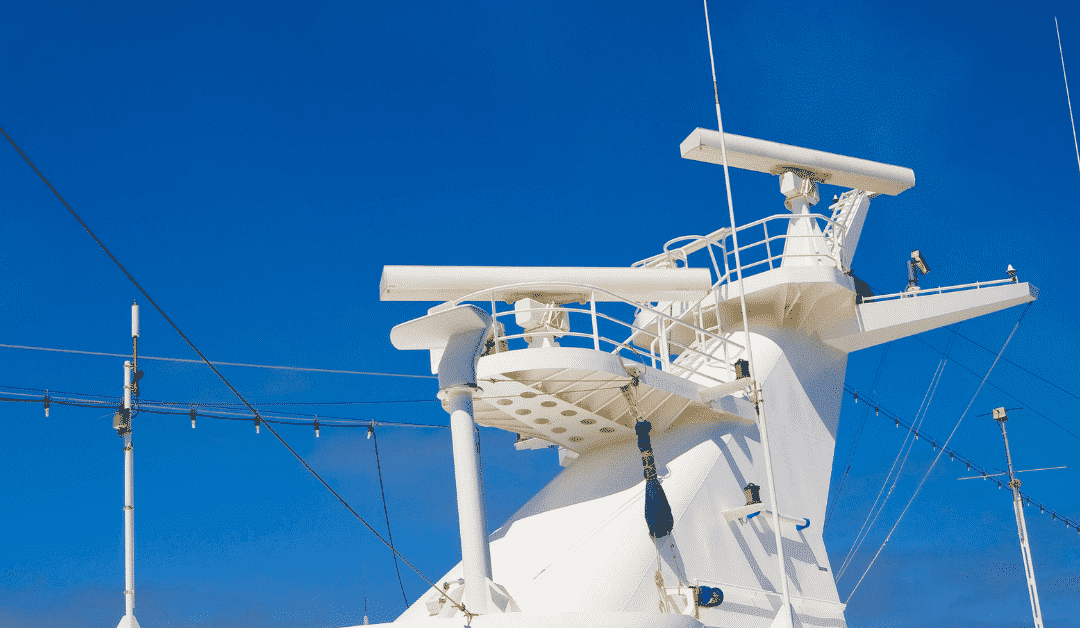
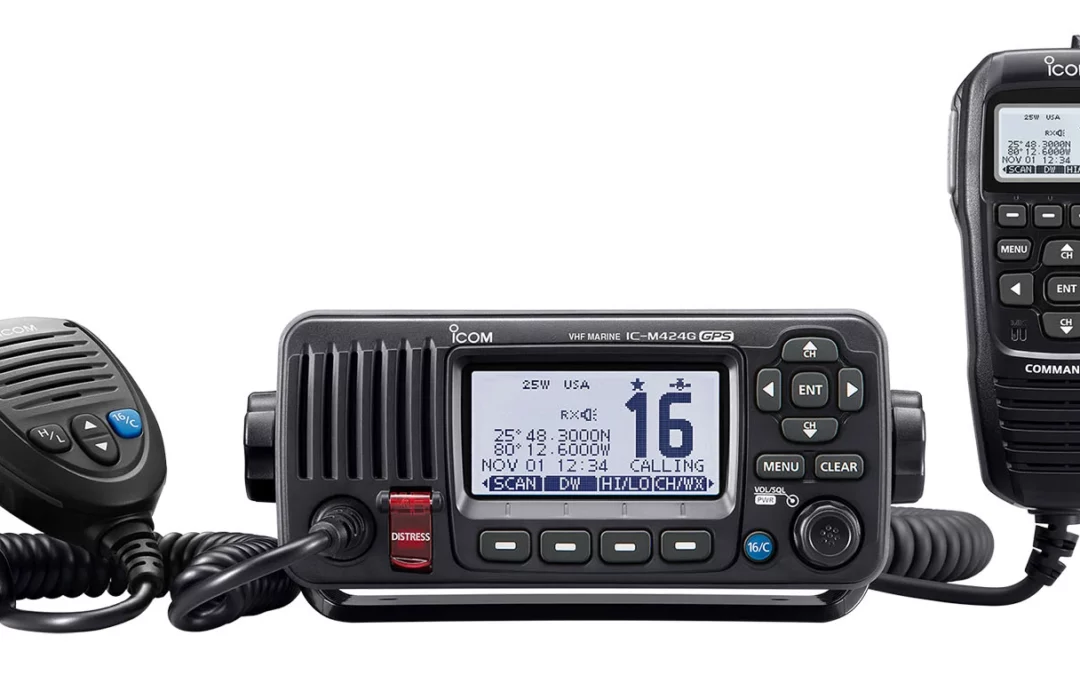
0 Comments